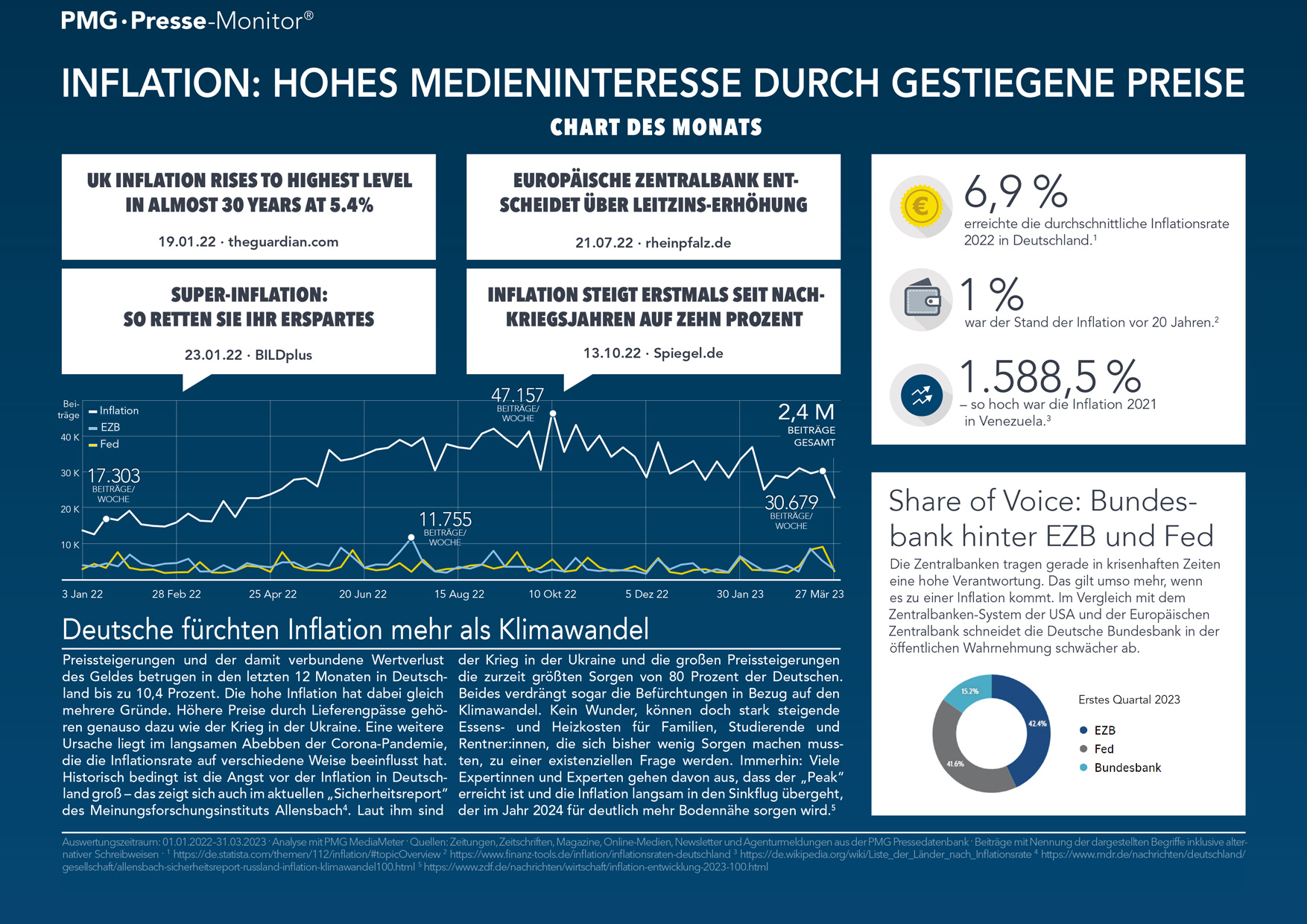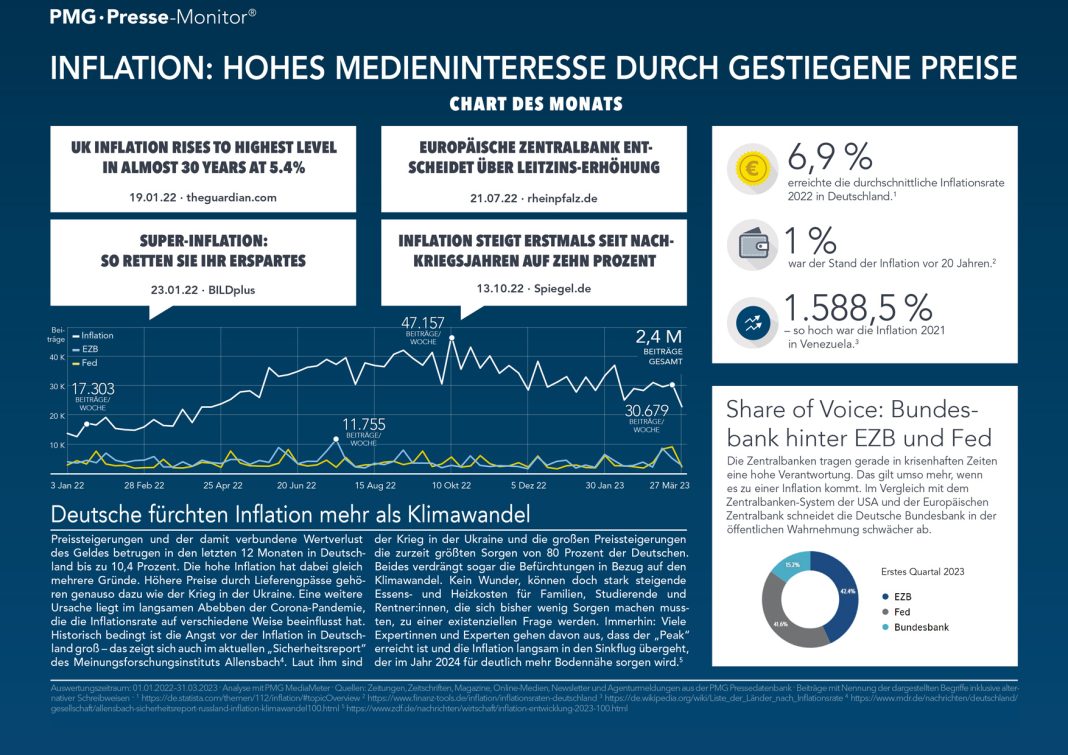 Explanation of Stagflation: Challenging the Inflation-Unemployment Trade-Off
Explanation of Stagflation: Challenging the Inflation-Unemployment Trade-Off
In the late 1960s, economists Edmund Phelps and Milton Friedman introduced a groundbreaking concept that challenged the prevailing belief in a sustainable trade-off between inflation and unemployment. They argued that loose monetary policies set by central banks could lead to stagflation – a detrimental combination of stagnant economic growth and high inflation rates.
Phelps and Friedman explained that when a central bank aims to boost economic growth by increasing the rate of money supply, it initially creates an illusion of wealth among individuals. With more money in circulation, people believe they have become wealthier and, as a result, increase their demand for goods and services. This surge in demand prompts producers to increase production and hire more workers, leading to a decline in the unemployment rate below its natural rate.
However, as inflationary pressures mount due to the increased demand, individuals realize that their increased purchasing power is diminishing. This realization leads to higher inflation expectations and a subsequent decrease in overall demand for goods and services. Consequently, production slows down, resulting in higher unemployment rates. This cycle ultimately leads to stagflation – a decline in production, rising unemployment, and increasing price inflation.
Phelps and Friedman argued that while a central bank can initially generate economic growth through loose monetary policies, this effect is short-lived. Once individuals become aware of the increase in money supply and adjust their behavior accordingly, the boost to the economy fades away. To sustain economic growth, the central bank would need to surprise individuals with an even higher rate of monetary pumping. However, this solution is temporary as well since people will eventually learn about the increase and adjust their conduct again. Ultimately, loose monetary policies lead to higher inflation rates without any long-term trade-off with unemployment.
Undermining Economic Growth: The Impact of Increases in Money Supply
In a market economy, producers exchange their products for money, which they then use to acquire goods from other producers. However, when money is generated out of thin air through loose central bank policies, it allows for an exchange of nothing for something. This diversion of wealth from wealth generators to holders of newly created money undermines the real economy.
When money is created out of thin air, it enables individuals to obtain goods without contributing to the production of consumer goods or real savings. This diversion of real savings weakens the ability of wealth generators to expand the economy. Regardless of whether the increase in money supply is expected or unexpected, this exchange of nothing for something always undermines economic growth.
The Causes of Stagflation: The Role of Money Supply Increases
Increases in money supply through loose monetary policies disrupt the process of wealth generation and weaken economic growth. Additionally, the influx of more money per good in the market leads to increased prices. Thus, stagflation occurs when there is both a rise in goods prices and a decline in economic growth.
Stagflation is the consequence of monetary pumping, meaning that whenever a central bank adopts an easy monetary stance, stagflation is set in motion. The severity of stagflation depends on the state of the pool of real savings. If this pool is declining, a visible decline in economic activity and an increase in price inflation will likely occur. Conversely, if the pool of real savings is still growing, economic activity will continue to expand, masking the symptoms of stagflation. Therefore, the presence or absence of stagflation symptoms can indicate whether the pool of real savings is growing or declining.
Conclusion: The Link between Money Supply and Stagflation
In summary, increases in money supply divert real savings from wealth generators to non-wealth generators, weakening the wealth generation process and economic activity. This diversion of savings leads to higher prices for goods and a decline in economic growth – the essence of stagflation. While stagflation may not always be immediately visible, its underlying causes are always present. The outcome of monetary pumping is ultimately stagflation, and the severity of its effects depends on the state of the pool of real savings.
It is important to note that the views expressed in this article are the opinions of the author and do not necessarily reflect those of The Epoch Times.


